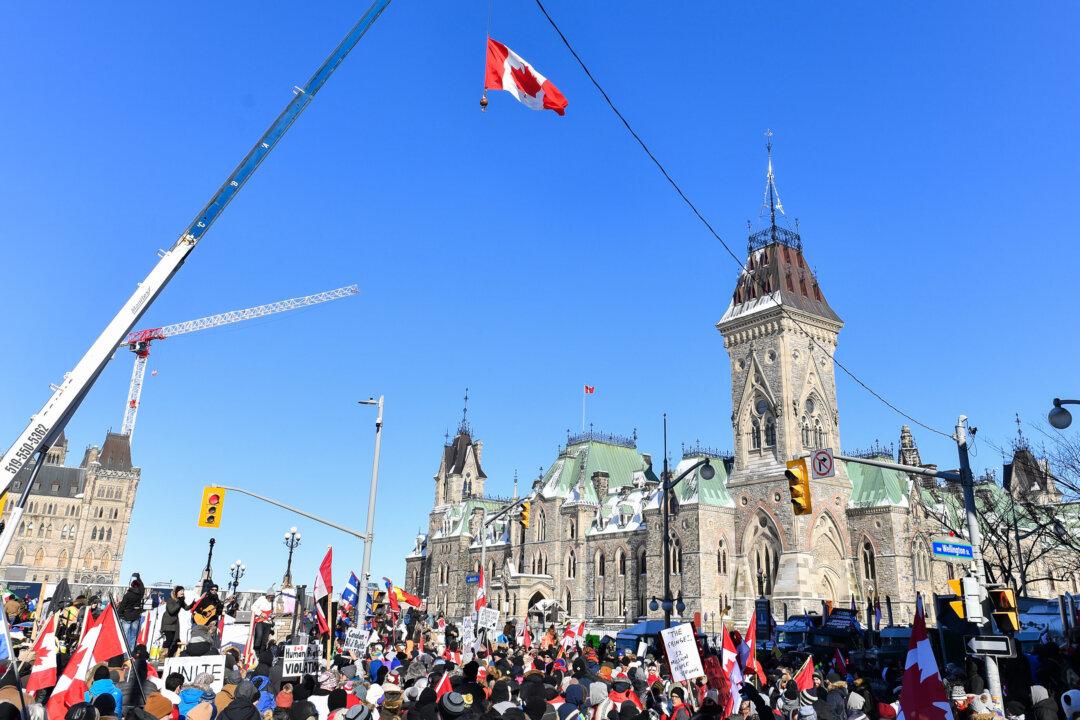Commentary
With the benefit of hindsight and questions in parliamentary committees, the federal government’s case for invoking the Emergencies Act in response to the Freedom Convoy protest in Ottawa is unravelling.

With the benefit of hindsight and questions in parliamentary committees, the federal government’s case for invoking the Emergencies Act in response to the Freedom Convoy protest in Ottawa is unravelling.